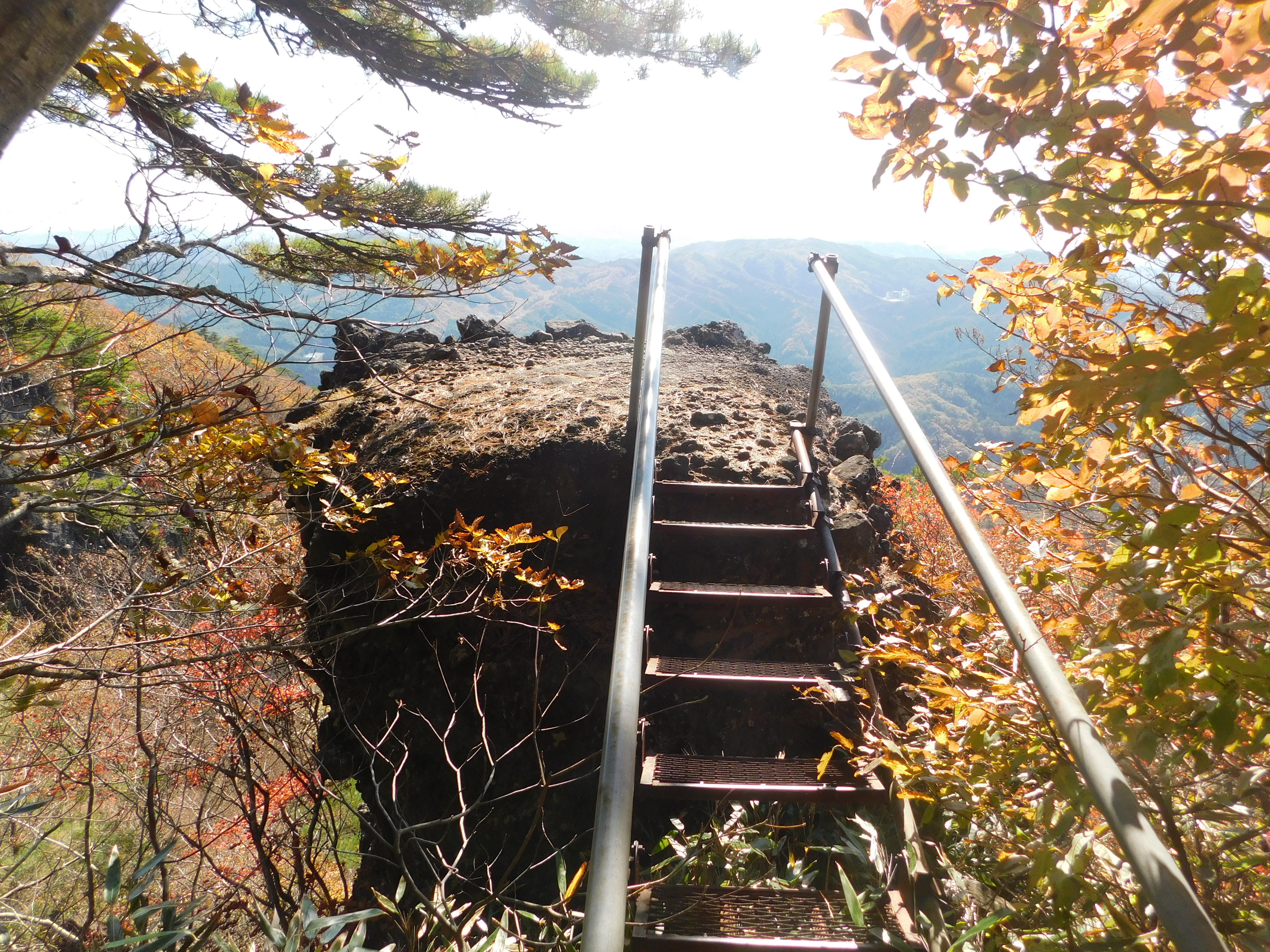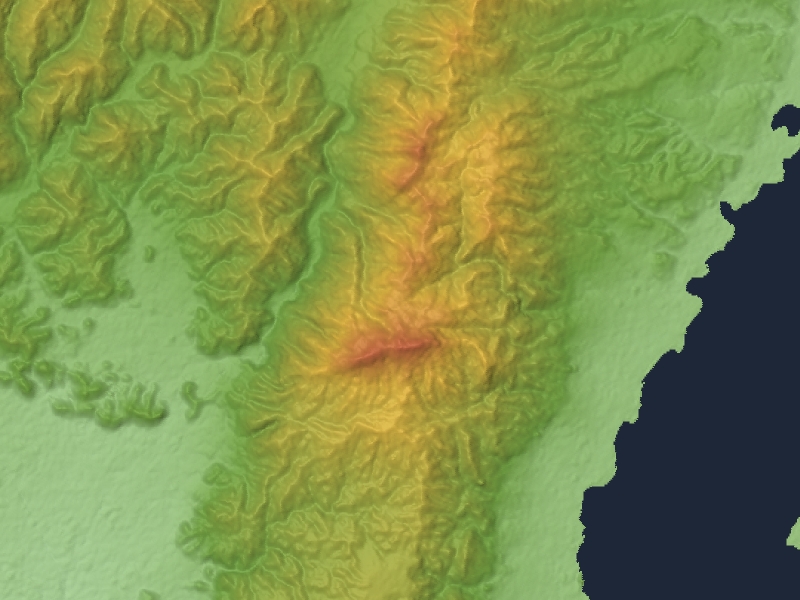|
Atsuta Shrine
is a Shinto shrine traditionally believed to have been established during the reign of Emperor Keikō (71-130) located in Atsuta-ku, Nagoya, Aichi Prefecture in Japan. The shrine is familiarly known as ''Atsuta-Sama'' (Venerable Atsuta) or simply as ''Miya'' (the Shrine). Since ancient times, it has been especially revered, ranking with the Grand Shrine of Ise.Atsuta-jingū org: History [...More Info...] [...Related Items...] OR: [Wikipedia] [Google] [Baidu] |
Haiden (Shinto)
In Shinto shrine architecture, the is the hall of worship or oratory. It is generally placed in front of the shrine's main sanctuary ('' honden'') and often built on a larger scale than the latter. The ''haiden'' is often connected to the ''honden'' by a '' heiden'', or hall of offerings. While the ''honden'' is the place for the enshrined ''kami'' and off-limits to the general public, the ''haiden'' provides a space for ceremonies and for worshiping the ''kami''. In some cases, for example at Nara's Ōmiwa Shrine , also known as , is a Shinto shrine located in Sakurai, Nara Prefecture, Japan. The shrine is noted because it contains no sacred images or objects because it is believed to serve Mount Miwa, the mountain on which it stands. For the same re ..., the ''honden'' can be missing and be replaced by a patch of sacred ground. In that case, the ''haiden'' is the most important building of the complex. References Shinto architecture {{Shinto-stub ja:拝殿< ... [...More Info...] [...Related Items...] OR: [Wikipedia] [Google] [Baidu] |
Kojiki
The , also sometimes read as or , is an early Japanese chronicle of myths, legends, hymns, genealogies, oral traditions, and semi-historical accounts down to 641 concerning the origin of the Japanese archipelago, the , and the Japanese imperial line. It is claimed in its preface to have been composed by Ō no Yasumaro at the request of Empress Genmei in the early 8th century (711–712), and thus is usually considered to be the oldest extant literary work in Japan. The myths contained in the as well as the are part of the inspiration behind many practices. Later, they were incorporated into Shinto practices such as the purification ritual. Composition It is believed that the compilation of various genealogical and anecdotal histories of the imperial (Yamato) court and prominent clans began during the reigns of Emperors Keitai and Kinmei in the 6th century, with the first concerted effort at historical compilation of which we have record being the one made in 620 under ... [...More Info...] [...Related Items...] OR: [Wikipedia] [Google] [Baidu] |
Sengoku Period
The was a period in History of Japan, Japanese history of near-constant civil war and social upheaval from 1467 to 1615. The Sengoku period was initiated by the Ōnin War in 1467 which collapsed the Feudalism, feudal system of Japan under the Ashikaga shogunate. Various samurai warlords and Japanese clans, clans fought for control over Japan in the power vacuum, while the emerged to fight against samurai rule. The Nanban trade, arrival of Europeans in 1543 introduced the arquebus into Japanese warfare, and Japan ended its status as a Tributary system of China, tributary state of China in 1549. Oda Nobunaga dissolved the Ashikaga shogunate in 1573 and launched a war of political unification by force, including the Ishiyama Hongan-ji War, until his death in the Honnō-ji Incident in 1582. Nobunaga's successor Toyotomi Hideyoshi completed his campaign to unify Japan and consolidated his rule with numerous influential reforms. Hideyoshi launched the Japanese invasions of Korea (159 ... [...More Info...] [...Related Items...] OR: [Wikipedia] [Google] [Baidu] |
Modern System Of Ranked Shinto Shrines
The was an organizational aspect of the establishment of Japanese State Shinto. This system classified Shinto shrines as either official government shrines or "other" shrines. The official shrines were divided into #Imperial shrines (''kampeisha''), which are parsed into minor, medium, or major sub-categories; and #National shrines (''kokuheisha''), which are similarly categorized as minor, medium, or major.Institute for Japanese Culture and Classics, Kokugakuin University Glossary of Shinto Names and Terms, ''Kampei Taisha.''/ref> Some shrines are the "first shrines" called ''ichinomiya'' that have the highest rank in their respective provinces of Japan. The Ise Grand Shrine stood at the top of all shrines and thus was outside the classification. History On the fourteenth day of the fifth month of 1871, by decree of the Dajō-kan, the fundamental elements of the modern shrine system were established: a hierarchic ranking of Shinto shrines, with specification of the grades of ... [...More Info...] [...Related Items...] OR: [Wikipedia] [Google] [Baidu] |
Mount Ryōzen
View from the mountain trail is a mountain on the border of Sōma City and the former town of Ryōzen, in Date City, Fukushima. It is in height. Along the hiking trail are the sites of what were Ryōzen Temple and Ryōzen Castle. The mountain is listed as one of the 100 Landscapes of Japan in a contest sponsored by the Tokyo Nichi Nichi Shimbun and Osaka Mainichi Shimbun. It is also a national Place of Scenic Beauty as determined by the Agency for Cultural Affairs in Japan and is noted for its autumn foliage and a National Historic Site of Japan. The mountain Mount Ryōzen is part of the basalt volcanic plateau known as the Abukuma Highlands in northern Fukushima. It was regarded as a sacred mountain and was once known as a center for the ''Shugendō'' mountain religion. History Ryōzen Temple In the first year of the Jōgan Era (859), Ennin, a Buddhist monk of the Tendai sect founded the temple Ryōzen-ji (not to be confused with Ryōzen Shrine). The name Ryōzen wa ... [...More Info...] [...Related Items...] OR: [Wikipedia] [Google] [Baidu] |
Kitabatake Akiie
was a Japanese court noble, and an important supporter of the Southern Court during the Nanboku-chō Wars. He also held the posts of Commander-in-Chief of the Defense of the North, and Governor of Mutsu Province. His father was Imperial advisor Kitabatake Chikafusa. Biography In 1333, Akiie was ordered to accompany the six-year-old eighth son of Emperor Go-Daigo, Prince Norinaga (also read as ''Noriyoshi''), to Mutsu, where the Prince became Governor-General of Mutsu and Dewa. These two large provinces constituted much of the north-eastern end of Honshū, the area now known as Tōhoku. In April 1333, he was appointed to the post of '' Chinjufu-shōgun'', or Commander-in-Chief of the Defense of the North. This was a position that had been held by Minamoto no Yoshiie two hundred years earlier. A number of families formed a league under his direction, supporting the Southern Court; these included the samurai families of Yūki, Date, Nambu, Soma, and Tamura. The Soma and s ... [...More Info...] [...Related Items...] OR: [Wikipedia] [Google] [Baidu] |
Kamakura Shogunate
The was the feudal military government of Japan during the Kamakura period from 1185 to 1333. Nussbaum, Louis-Frédéric. (2005)"''Kamakura-jidai''"in ''Japan Encyclopedia'', p. 459. The Kamakura shogunate was established by Minamoto no Yoritomo after victory in the Genpei War and appointing himself as ''shōgun''. Yoritomo governed Japan as military dictator from the eastern city of Kamakura with the emperor of Japan and his Imperial Court in the official capital city of Heian-kyō (Kyoto) as figureheads. The Kamakura ''shōguns'' were members of the Minamoto clan until 1226, the Fujiwara clan until 1252, and the last six were minor princes of the imperial family.Nussbaum"Minamoto"at pp. 632–633. The Hōjō clan were the ''de facto'' rulers of Japan as ''shikken'' (regent) of the ''shōgun'' from 1203.Nussbaum"Fujiwara"at pp. 200–201. The Kamakura shogunate saw the Jōkyū War in 1221 and the Mongol invasions of Japan under Kublai Khan in 1274 and 1281. The Kamaku ... [...More Info...] [...Related Items...] OR: [Wikipedia] [Google] [Baidu] |
Minamoto No Yoritomo
was the founder and the first shogun of the Kamakura shogunate of Japan, ruling from 1192 until 1199.Nussbaum, Louis-Frédéric. (2005). "Minamoto no Yoriie" in . He was the husband of Hōjō Masako who acted as regent (''shikken'') after his death. Yoritomo was the son of Minamoto no Yoshitomo and belonged to Seiwa Genji's prestigious Kawachi Genji family. After setting himself the rightful heir of the Minamoto clan, he led his clan against the Taira clan from his capital in Kamakura, beginning the Genpei War in 1180. After five years of war, he finally defeated the Taira clan in the Battle of Dan-no-ura in 1185. Yoritomo thus established the supremacy of the warrior samurai caste and the first shogunate (''bakufu'') at Kamakura, beginning the feudal age in Japan, which lasted until the mid-19th century. Early life Yoritomo was the third son of Minamoto no Yoshitomo, heir of the Minamoto (Seiwa Genji) clan, and his official wife, Yura-Gozen, daughter of Fujiwara no Sue ... [...More Info...] [...Related Items...] OR: [Wikipedia] [Google] [Baidu] |
Mount Hiei
is a mountain to the northeast of Kyoto, lying on the border between the Kyoto and Shiga Prefectures, Japan. The temple of Enryaku-ji, the first outpost of the Japanese Tendai (Chin. Tiantai) sect of Buddhism, was founded atop Mount Hiei by Saichō in 788 and rapidly grew into a sprawling complex of temples and buildings that were roughly divided into three areas: # The area near the summit, and technically in Kyoto Prefecture. # The area, also near the summit, where Enryaku-ji Temple was first founded, and located just within Shiga Prefecture. # The area near the northernmost end of Mount Hiei. Due to its remoteness, as a temple complex it experienced periods of revival and decline, starting with Ennin, later revived by Ryōgen and made famous by the scholar-monk Genshin. Due to its position north-east of the ancient capital of Kyoto, it was thought in ancient geomancy practices to be a protective bulwark against negative influences on the capital, which along with the r ... [...More Info...] [...Related Items...] OR: [Wikipedia] [Google] [Baidu] |
Ashikaga Takauji
was the founder and first ''shōgun'' of the Ashikaga shogunate."Ashikaga Takauji" in ''The New Encyclopædia Britannica''. Chicago: Encyclopædia Britannica Inc., 15th edn., 1992, Vol. 1, p. 625. His rule began in 1338, beginning the Muromachi period of Japan, and ended with his death in 1358. He was a male-line descendant of the samurai of the (Minamoto) Seiwa Genji line (meaning they were descendants of Emperor Seiwa) who had settled in the Ashikaga area of Shimotsuke Province, in present-day Tochigi Prefecture. According to Zen master and intellectual Musō Soseki, who enjoyed his favor and collaborated with him, Takauji had three qualities. First, he kept his cool in battle and was not afraid of death.Matsuo (1997:105) Second, he was merciful and tolerant. Third, he was very generous with those below him. Life His childhood name was Matagorō (又太郎). Takauji was a general of the Kamakura shogunate sent to Kyoto in 1333 to put down the Genkō War which had started i ... [...More Info...] [...Related Items...] OR: [Wikipedia] [Google] [Baidu] |
_of_Atsuta_Shrire.jpg)

.png)


